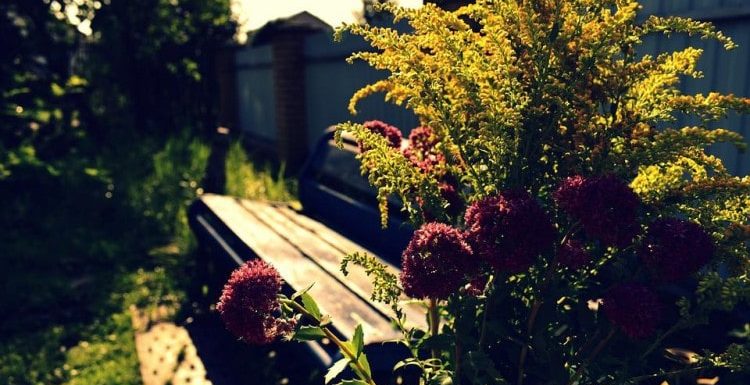
Backyard gardening has become more popular in the past few years because people have become more interested in growing vegetables and ornamental plants. Perhaps it’s because of idle time on their hands, or they finally noticed that they have adequate space to turn into a garden. Whatever the reasons, gardening has slowly become one of the favorite pastimes for busybody homeowners and even weekend enthusiasts.
Even if you don’t have any previous experience as a gardener, you can still make any area productive. Backyard gardens don’t need too much space, and you can learn specific horticultural strategies and techniques by reading books and watching videos online. All you need is the passion for starting and maintaining the space, and you can enjoy the benefits in due time.
Here are some things you need to consider if you want to start a thriving backyard garden from scratch.
Decide on the site
Find the right site for your garden. It doesn’t need to be big, but it does need to have enough sunlight, and it should be accessible so you can perform the usual maintenance activities. Even if you have limited space, you can still create a living wall garden or a container garden to plant your desired vegetables or ornamental plants.
You also need to locate your garden near a water source so you can irrigate your plants accordingly. You can design an automatic water delivery system if you have the resources once you’ve planned the site properly.
Prepare the site
Once you’ve identified the site, you need to prepare it properly. First, lay it out to know where you’ll place your garden beds. Then, remove the weeds either manually or through the use of solarization. Finally, you can mow the weeds, water the area, and cover them with a plastic tarp for four weeks to effectively kill the weeds and other harmful bacteria.
If you have the time, you can also pursue mulching by layering. You can cover the area with organic material such as newspaper or cardboard and layer them with compost materials. This process takes about three to four months, but it does prepare the soil for planting. An alternative is to use weed killers f you’re in a rush.
Soil preparation
You also need to prepare the soil for planting. You can do this easily by tilling the ground using a pick and shovel and breaking it down further using a rake or other garden tools. Next, improve the soil condition by layering compost materials such as dried leaves, leftover food, and other organic materials. These will make your soil healthier as they will provide additional nutrients.
Consider using containers
You can be creative and be an environment warrior by repurposing used containers as planters. You can recycle those cans and containers that don’t make the grade. You can contact any aluminum can recycling Kansas City facility near you to help you dispose of them efficiently and possibly earn some cash which you can use to spruce up your garden.
You can also use old rubber tires, wooden pallets, leftover plastic pipes, and even sinks and bathtubs as planters. You can maximize the planting space and express your creativity by transforming and incorporating these materials into your garden. Your repurposing would also help minimize the items going to landfills and dumpsites.
Learn about your area and climate
Before choosing the right plants to propagate, you need to learn about your area and its climate. The information will help prepare your garden and plan your planting cycles. To prepare your garden adequately, you also need to determine your climate, such as the expected first frost date per year, the first day of summer, or the wet and dry months.
Choose the right plants
Armed with the information about your area and climate, you can now choose the suitable plants to propagate. First, you have to select the right plants so you can grow them properly. Do your due diligence and choose the plants which would grow best in sunny spots, or if you want better ground cover, choose the creeping plants that will grow well in your area. You can start with seedlings, or if you’re going to use young plants, that’s also another option to consider.
Add mulch and other fertilizers and care for your plants
Once you’ve planted, you need to care for your garden. You need to add more mulch and compost to keep the soil healthy and add nutrients to the ground, which the plant will absorb. Once the seeds germinate, you need to remove any weeds. You can also place plastic cloches over such plants to protect them from slugs, birds, and other insects.
Takeaway
Creating a backyard garden from scratch is a labor-intensive but rewarding activity. Even those without previous experience can succeed in turning barren areas into productive spaces.
